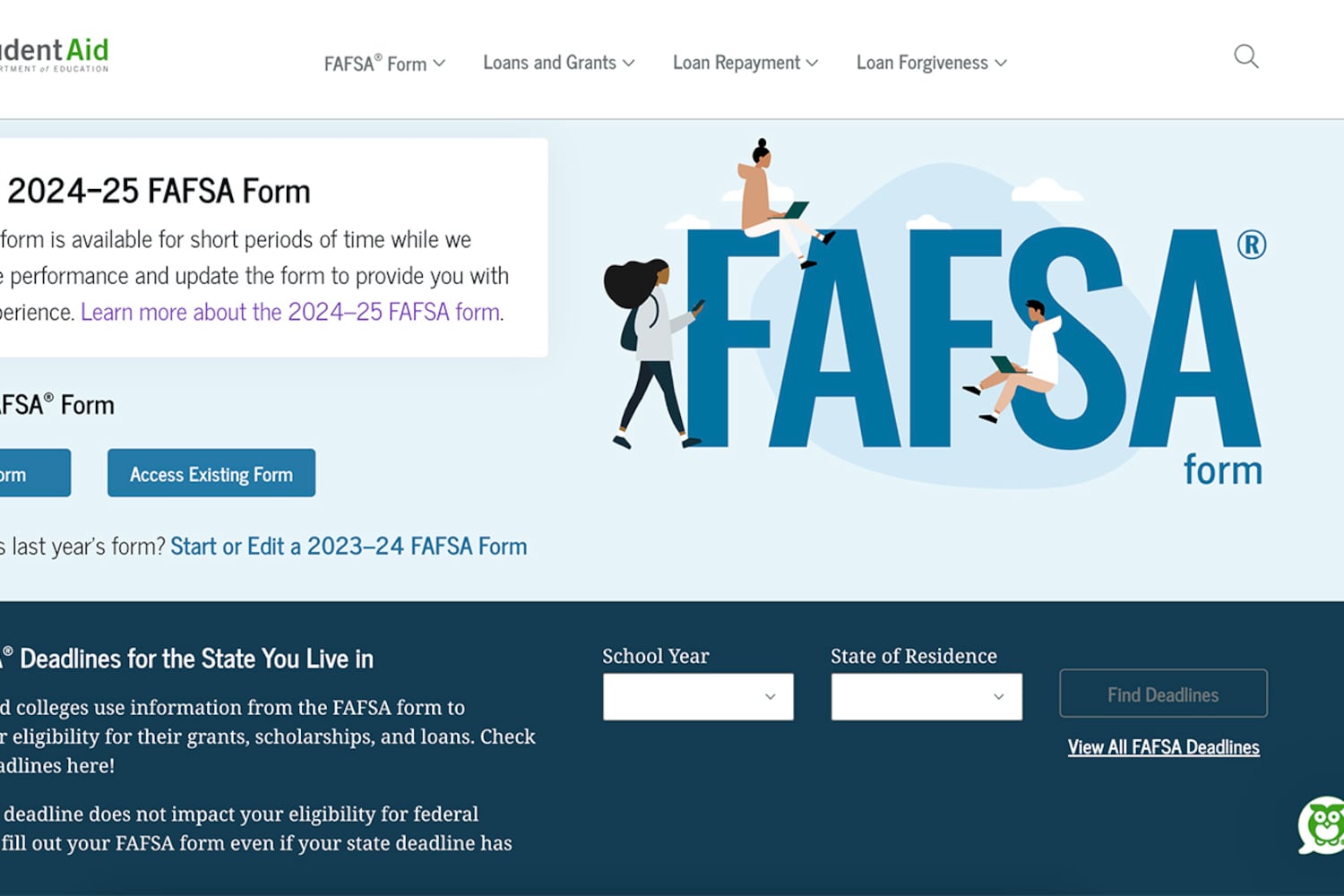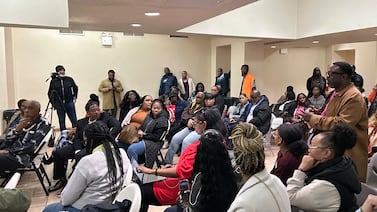Sign up for our free monthly newsletter Beyond High School to get the latest news about college and career paths for Colorado’s high school grads.
The rollout of the new Free Application for Federal Student Aid has been anything but smooth.
Technology issues have frustrated families since the federal government’s Dec. 31 soft launch of the FAFSA, which is usually available in October.
The Better FAFSA, as the new form is known, has been redesigned to include fewer questions. The federal government intends it to be faster for students to fill out, leading to higher completion rates.
But there have been technical difficulties.
“The form is simpler,” said MorraLee Keller, senior director of strategic programming at the National College Attainment Network, a nonprofit focused on increasing college access and attainment, especially among students of color and those from low-income backgrounds. “I think the user experience of getting into the form is maybe the tougher hurdle.”
Issues have included the new application only being available for limited hours. Families and students have gotten stuck waiting for screens to load and have reported difficulty submitting the form. It’s left families anxious after months of waiting for the form, because the FAFSA is a crucial part of the college-going process. Filling out the FAFSA opens up student aid, scholarships, and grants. The potential financial help gives families an idea of which college or university they can afford.
After the rocky launch, counselors from inside and outside of Colorado provided tips on successfully filling out the Better FAFSA.
What you need to know about the Better FAFSA
The federal government said in a Monday news release it’s addressed issues that have made the experience difficult. It will continue to make technical updates as needed.
The new Better FAFSA comes after years of advocates calling for a simplified FAFSA to cut down the number of questions on the form. This year, the federal government made it happen by cutting the number of questions from over a hundred to under 20 for most people. Fewer questions should mean an easier form that takes less time to complete.
The federal government also says more students will be eligible for federal student aid because of expanded income eligibility. The federal government announced on Monday the form is now accessible 24 hours a day.
The government says the form should take about an hour, but make sure you aren’t in a rush. Clear your schedules for a few hours, just in case.
Families and students can also return to the form if they run into issues by saving their progress.
Should families wait to fill out the form?
This depends on who you ask.
While the U.S. Department of Education has said families have plenty of time, Keller said families should do it as soon as possible. About half of all families who fill out the FAFSA typically do so from October to December, and the delay means less time with counselors who can help with the logistics.
Although colleges won’t get students’ FAFSA information until February, many students need the FAFSA for other scholarships and free financial aid opportunities.
“You need to attempt to get your FAFSA completed as quickly as possible,” Keller said.
Families should ready their documents
Despite the rocky start, the federal government announced over one million students have filled out the form since its launch. Families and students who plan to fill out the form should be ready.
Families should gather student and parent Social Security or A-numbers and financial documents such as bank and savings accounts or investment information.
Need help? Check with a counselor.
Many schools will begin holding FAFSA nights in the coming weeks. If you’re in the Denver area, Natasha Garfield, Denver Scholarship Foundation’s director of scholarships, said the foundation will be holding several information sessions.
The FAFSA events are a chance for families and students to connect with counselors o who can give advice and answer questions.
Garfield said parents and students shouldn’t hesitate to reach out to counselors even if they don’t go to an event.
Counselors across the state are paying attention to communication from the federal government about glitches in the system.
Families can also reach out to the Federal Student Aid helpdesk to troubleshoot problems, Garfield said.
When will families hear from schools?
The federal government will send the information to schools in February, Keller said.
Families should receive information from schools about potential financial aid information by late February or in March as long as nothing gets delayed, Keller said.
“Students will have their information hopefully by this spring to be able to make their decisions for next year,” she said.
Jason Gonzales is a reporter covering higher education and the Colorado legislature. Chalkbeat Colorado partners with Open Campus on higher education coverage. Contact Jason at jgonzales@chalkbeat.org.






